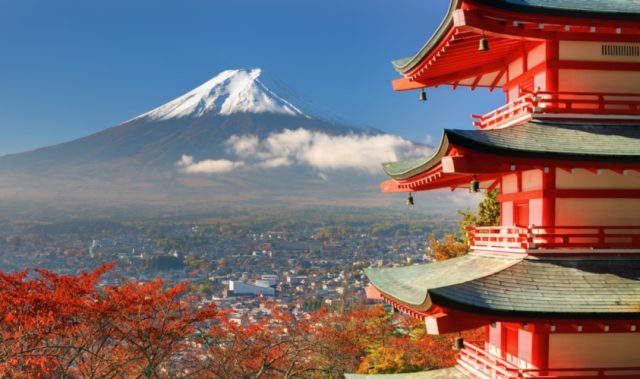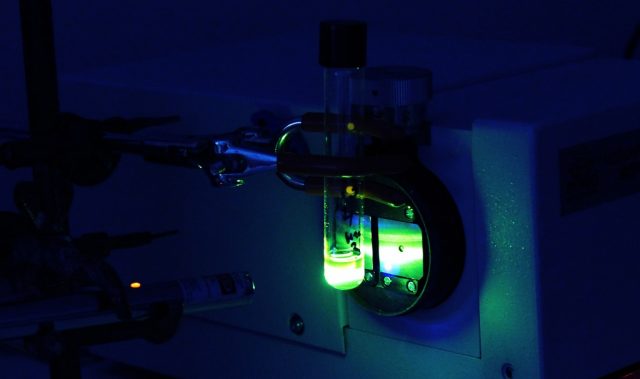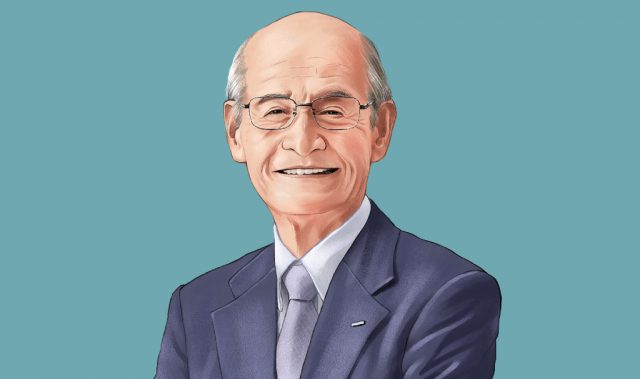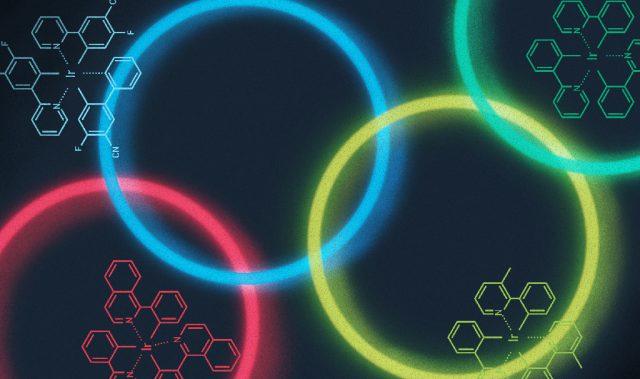AsianScientist (Feb. 28, 2017) – Researchers have created a high performance anode material for lithium-ion batteries using waste silicon sawdust. Their findings have been published in Scientific Reports.
It is energy-consuming and expensive to produce silicon wafers with high purity (> 99.99 percent). On top of that, some 50 percent of the silicon used in the process is actually discarded as industrial waste in the final cutting process. This waste amounts to about 90 thousand tons a year worldwide, an amount large enough to meet the global demands for anode materials for lithium ion batteries.
To recycle waste silicon, a joint research team from Tohoku University and Osaka University has developed a practical and mass-producible method of recycling the unwanted silicon sawdust into a high-performance anode material for lithium ion batteries.
The team found that the pulverization of the silicon sawdust into silicon nanoflakes (~16 nm in thickness) and subsequently coating the nanoflakes with carbon could be used to make high capacity and durable batteries. So far, a test half-cell has achieved a constant capacity of 1200 mAh/g over 800 cycles. This capacity is 3.3 times as large as that of conventional graphite (ca. 360 mAh/g).
The proposed method of material recycling is applicable for the mass production of high-performance lithium ion battery anode materials at a reasonably low cost. The research team expects that it will have great practical use in the battery industry.
The article can be found at: Kasukabe et al. (2017) Beads-Milling of Waste Si Sawdust into High-Performance Nanoflakes for Lithium-Ion Batteries.
———
Source: Tohoku University.
Disclaimer: This article does not necessarily reflect the views of AsianScientist or its staff.












